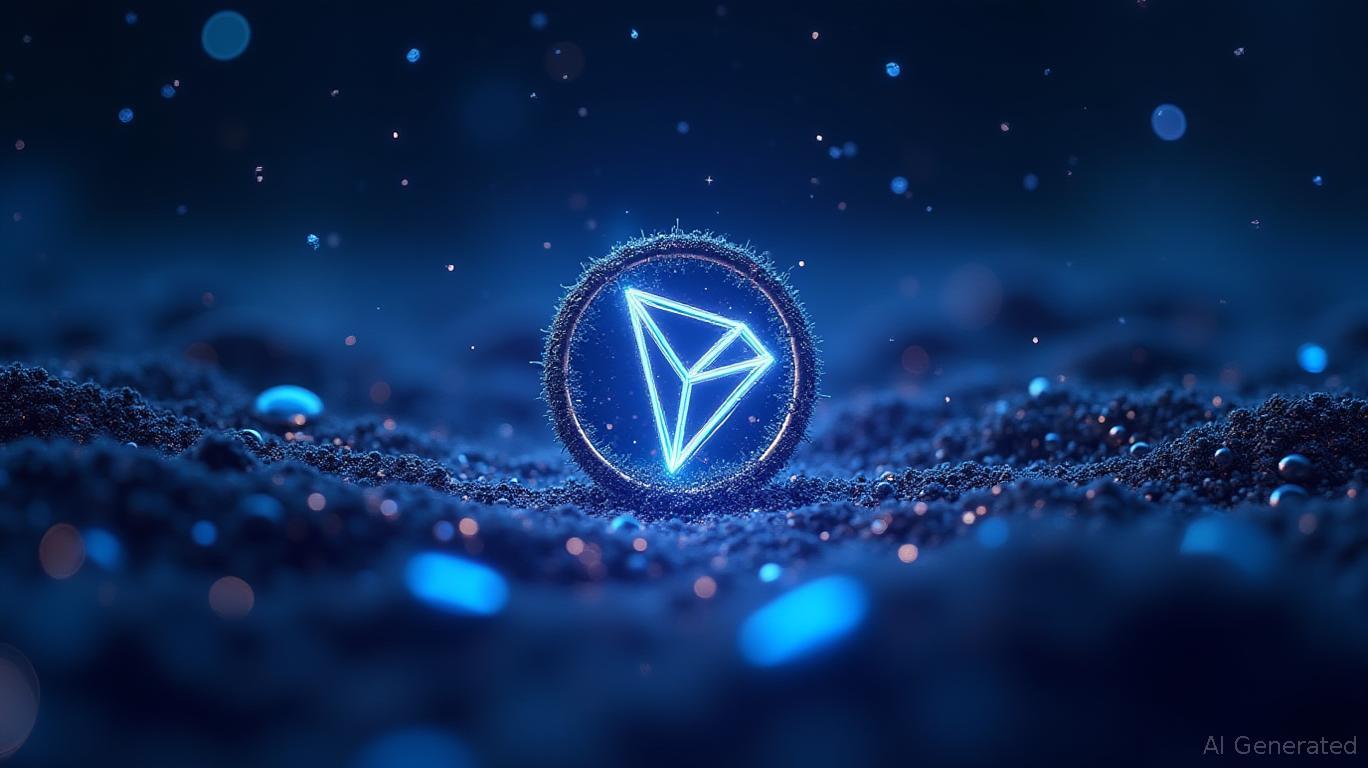Core Scientific’s Q3 2025 revenue fell to $81.1 million as it shifted focus from Bitcoin mining
Core Scientific has reported a decline in third-quarter revenue as the US-based digital infrastructure provider transitions away from Bitcoin mining and toward high-density colocation (HDC) services, while its pending $9 billion all-stock acquisition by CoreWeave continues to hang in the balance.
The Nasdaq-listed company saw its total revenue for the fiscal third quarter of 2025 fall to $81.1 million, down from $95.4 million a year earlier. A 55% decline in Bitcoin mined led to digital asset self-mining revenue dipping from $68.1 million to $57.4 million.
However, the impact of the decline was partially offset by an 88% rise in the average Bitcoin price. Hosted mining revenue plummeted to $8.7 million from $16.9 million, reflecting what the company described as a “continued strategic shift” toward its expanding high-density colocation business.
HDC revenue up despite total revenue decline
Revenue from high-density colocation, formerly known as high-performance computing (HPC) hosting, rose to $15 million from $10.3 million a year ago, which may be considered a small win as the company’s pivot toward artificial intelligence–focused infrastructure.
Core Scientific reported gross profit of $3.9 million from a loss of $0.2 million, while net loss dropped to $146.7 million from $455.3 million in the same quarter last year. It attributed the relatively smaller loss to a lower non-cash fair value adjustment of $74.9 million, down from $408.5 million a year ago, and this is related to warrant and contingent value right remeasurements.
Adjusted EBITDA turned negative at $2.4 million, compared with $10.1 million a year earlier. It was reportedly weighed down by increased operating expenses and lower revenue.
Capital expenditures (capex) totaled $244.5 million, and $196.4 million of the capex was funded by CoreWeave under existing colocation agreements. The company ended the quarter with $694.8 million in liquidity, comprising $453.4 million in cash and equivalents and $241.4 million in Bitcoin.
A transition toward high-density colocation
Once one of North America’s largest Bitcoin miners, Core Scientific has been steadily repurposing its vast data center footprint to serve AI workloads and enterprise clients. The third-quarter uptick in HDC revenue highlights early traction in this direction, though it still represents a small fraction of total income.
With mining yields shrinking and energy costs rising, companies like Core Scientific are rebranding themselves as partners to the artificial intelligence boom, leveraging their access to power and data center capacity.
The company stated that it plans to “rapidly increase revenue derived from high-density colocation” and convert most of its remaining mining facilities to support AI-related workloads.
Merger uncertainty grows ahead of shareholder vote
CoreWeave announced in July that it had reached an agreement with Core Scientific to acquire it in an all-stock transaction valuing the miner at roughly $9 billion. The merger is expected to help CoreWeave, whose business reportedly accounts for 76% of Core Scientific’s revenue, expand its AI infrastructure footprint.
However, the deal has faced growing resistance. A proxy advisory firm recently recommended that investors vote against the acquisition, as it reportedly stated that Core Scientific could sustain the “considerable success” it has so far achieved as a standalone company.
Some large shareholders have also voiced opposition to the acquisition, and one of them is Core Scientific’s third-largest shareholder, Gullane Capital. Its founder, Trip Miller, reportedly said, “Under the math of the deal today, I would have to vote no.” Another investor, Two Seas Capital, also said it would be voting against the deal.
The fate of the acquisition now lies on the results of the upcoming shareholders’ meeting scheduled for October 30, as the investors are expected to cast their votes there.
Disclaimer: The content of this article solely reflects the author's opinion and does not represent the platform in any capacity. This article is not intended to serve as a reference for making investment decisions.
You may also like
Tokarev's Bron Labs Seeks to Address the Tension Between Security and Usability in Crypto
- Copper founder Dmitry Tokarev launches Bron Labs, a self-custody platform targeting crypto security gaps with advanced cryptography and modular design. - The $15M-funded venture addresses industry struggles to balance user-friendly interfaces with enterprise-grade security in digital asset management. - Tokarev's pivot follows Copper's leadership transition under Amar Kuchinad, reflecting broader crypto founder efforts to modernize fragmented custody infrastructure. - Regulatory clarity in major markets

Bitcoin News Today: Pudgy Penguins Sets Sights on Creating a Disney-Style IP Powerhouse Through Kung Fu Panda Collaboration
- Pudgy Penguins (PENGU) surged 9.82% after partnering with Kung Fu Panda to expand its IP into mainstream entertainment. - On-chain data shows whale activity: 19,929 ETH ($78.3M) and 1,030 BTC ($1.14B) moved, signaling investor confidence. - A bipartisan crypto bill (CLARITY Act) nears passage, potentially clarifying SEC/CFTC oversight and boosting institutional demand. - PENGU's technical outlook remains mixed: above 200-day average but below 20-day, with key support at $0.01991.

AI-Powered Protocols Surpass Traditional DeFi: Lyno Emerges as a Challenger to Tron
- AI-driven protocol Lyno challenges Tron's DeFi dominance with cross-chain arbitrage and 18,700% price forecasts. - Lyno's neural engines optimize gas costs across 15+ blockchains, outpacing Tron's legacy fee models with 94.2% trade success. - Tron's $915.9M Q3 revenue contrasts with 2.18% price drop, highlighting market skepticism toward unresolved TVL issues. - USD1 stablecoin expands cross-chain liquidity via Enso partnership, operating in distinct regulatory niche from speculative DeFi. - Analysts pre

UK Relaxes Crypto Regulations: KR1's Listing on LSE Signals a New Digital Age

